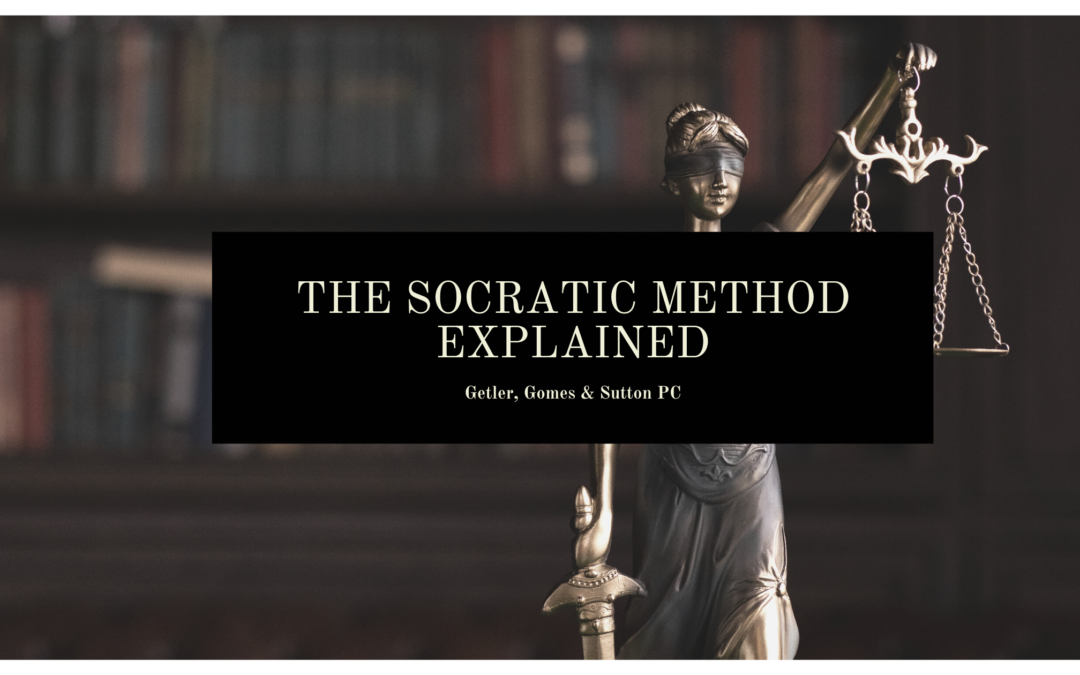The ancient Greek philosopher Socrates lived and died in Athens about 2,400 years ago. His remarkable teachings have remained vital throughout the centuries, however, because his wisdom has proven to be profound, timeless and universal.
Among his most famous teaching methods is named after him –- The Socratic Method.
To understand what this is, consider what Socrates believed to be true about all human beings. He said that everyone already has all the knowledge they need inside of themselves. The answers we all seek are buried within our own psyches.
For Socrates, true learning was not just looking outward to seek answers by reading learned texts or by listening to brilliant teachers. Rather, the philosopher encouraged his students to turn inward and attempt to draw forth the vast wisdom that already exists within one’s own multi-layered consciousness.
To make this happen, Socrates developed a method in which he would start asking his students questions. Then he would relentlessly continue to ask more and more questions based on the answers the students provided. The answer to each question is like a “doorway” that leads to ever-deeper layers of knowledge.
The question-answer process between student and teacher is called the dialectic. The latter is defined as “the process of discussing or investigated the truth of opinions.”
Note that there is both a practical and metaphysical element to The Socratic Method.
The practical aspect is the interaction of the teacher-student dialectic. As for the metaphysical part, Socrates maintained that every man (and woman) is guided by his or her inner “daemon.” This is a divine spirit, oracle or some sort of semi-personified source of wisdom that can take the form of an “inner voice” one can get brilliant answers from if you cultivate the skill to do so.
Modern psychology has embraced this concept as well. For example, the famous Swiss psychologist Carl Jung developed a method he called “active imagination.” Today it is sometimes called “Jungian active imagination.”
To practice active imagination, a person is encouraged to sit in a relaxed state. You then start to encourage yourself to imagine that you are having a conversation with some “wise person.” For example, you might pretend that you are having a conversation with Albert Einstein, Elanore Roosevelt or even Socrates himself.
You then ask your “wise figure” a question and attempt to “imagine” what his answer will be. Many people are surprised when their “imaginary guide” begins to speak back to them with novel responses to questions that appear to be more than just one’s own imagination making things up.
